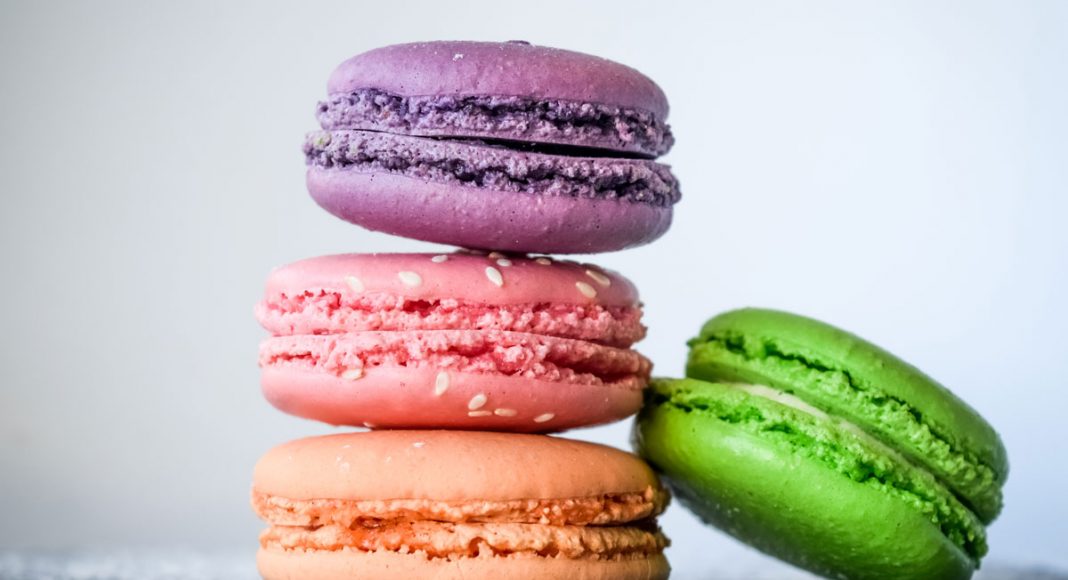As more dabble in marijuana edibles, the Los Angeles Times tells a cautionary tale about a woman who overdosed on THC after consuming some infused caramel (about 15 mg ) and, long story short, 911 was called.
The woman was okay, but it’s something that newbies often struggle with: What’s the right amount of edibles to consume? Here on some tips on how not to feel sick from eating edibles.
-
Related Story: Are Marijuana Edibles Better For Your Brain Than Smoking?
“As a business owner, those are the nightmare scenarios that we have worked really hard to prevent over the years,” Kiva Confections co-owner Kristi Knoblich tells the LA Times. Kiva, which Knoblich runs with her husband, Scott Palmer, is one of the largest edible cannabis companies in California. “You may feel like you are going to die, but you are not going to die — that’s not great marketing language.”
The state allows no more than 10 mg of THC in its edibles, and no more than 100 mgs in a single product package. That sounds great, but as anyone new to edibles realizes, 10mg is often times way too much for a beginner. Knoblich and Palmer microdose their edibles, allowing no more than 5 mg of THC in any single product.
Says Knoblich:
A microdose of 2.5 milligrams may be like one glass of wine for someone, and 5 milligrams might be like two glasses of wine. The frustrating part about cannabis is that every amount affects everybody differently, so you run the risk of not feeling it, then getting frustrated. And then you want to take more, which can be a mistake.
A recent study from RTI International and published in Drug and Alcohol Dependence finds that some novice marijuana consumers end up having a super negative experience their first go-around with edible,s because they don’t know how to properly dose. According to the study:
“Marijuana users who reported using new marijuana products or edibles were at greater risk of experiencing an unexpected high, regardless of their age, gender, education, mental health status, or amount of marijuana consumed in the past month,” said Jane Allen, author of the study, adding:
States that have legalized marijuana for recreational use are thinking about how they can prevent negative public health outcomes. One way we can help them do that is to study consumer perceptions of marijuana, including product packaging, required warning labels, and consumption advice so states can refine how they communicate marijuana information to the public. Effective communication should help to reduce unexpected highs.


